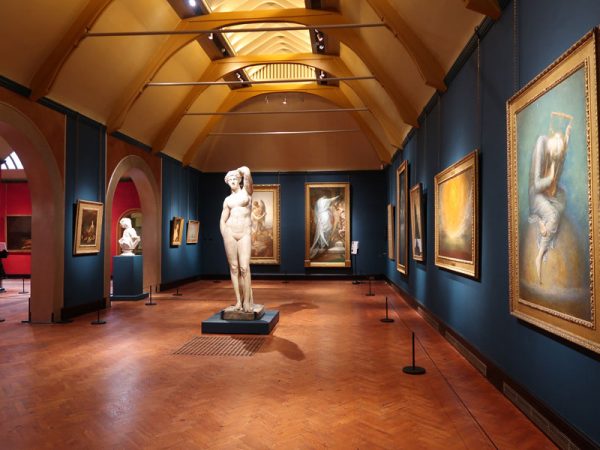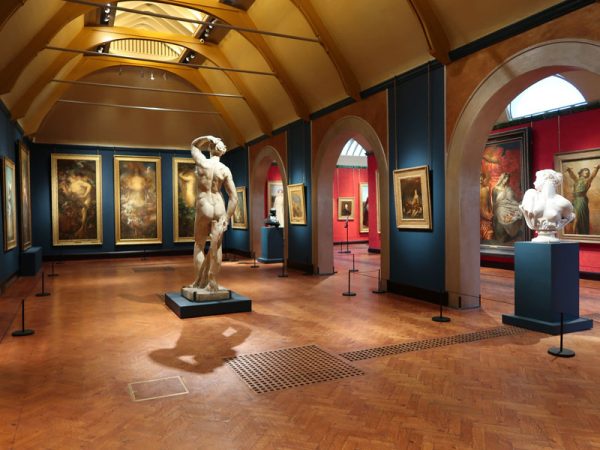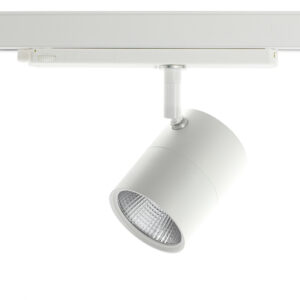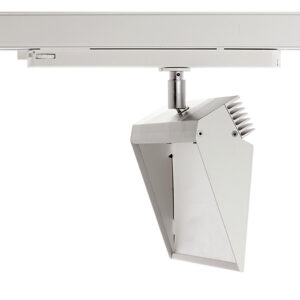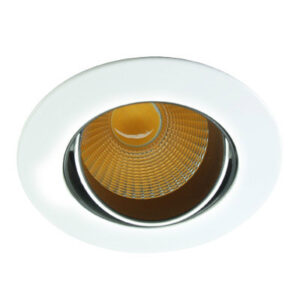- ClientWatts Gallery
- LocationCompton, Surrey
- Photography© Watts Gallery
- SectorMuseums / Exhibitions
We worked with the Watts Gallery over the course of a year upgrading the lighting across the interior spaces; the main galleries, temporary exhibition areas and the Chapel. The galleries’ lighting had relied on a scheme consisting entirely of halogen lamps. We were called in to advise whether we could match or improve the lighting using low energy sources whilst maintaining light levels and ensuring the safest environment for artworks.
There has been much written about the advantages of LED lighting with lower energy consumption, lower heat forward and very low UV. This is great for saving energy and reducing running costs however when lighting artworks the prime consideration still has to be conservation. Three main factors determine the amount of potential damage caused by light:
– The spectrum of light
– The distribution of light
– The amount of light
Modern LEDs emit virtually no UV radiation (lower than 400 nm). It is the short UV wavelengths which account for approximately 15% of the total damage caused to paintings by traditional light sources such as halogen.
The distribution of light is also important. For example, narrow beams close too artworks can detract from an artwork as well as produce ‘hot spots’ (literally!) where heat from the lamp can damage the work. Although LEDs project less heat forward, they still do emit some heat, so this should be taken into account. In the Watts Gallery the track was high up in the ceiling and quite a distance from the artworks, so narrow beams hitting the artworks was also not going to be a problem.
The amount of light on a painting is still the prime consideration regarding conservation, so the lights supplied were fully dimmable allowing the gallery to set the exact level required by conservationists and lenders.
For this project we used narrow beam LED fittings, as they were far enough away not to cause hotspots, a combination of the Kuper 15˚, and Halo 10˚, both fitted with honeycomb filters.
Once we were happy with the quantity of light we then looked at the quality. We provided luminaires with warm 3000°K LED’s – meaning that the light was towards the middle of the spectrum – and high colour rendering index of 97cri, meaning that colours would be represented naturally and with high saturation to bring the best out in all the artworks.
Lights used





